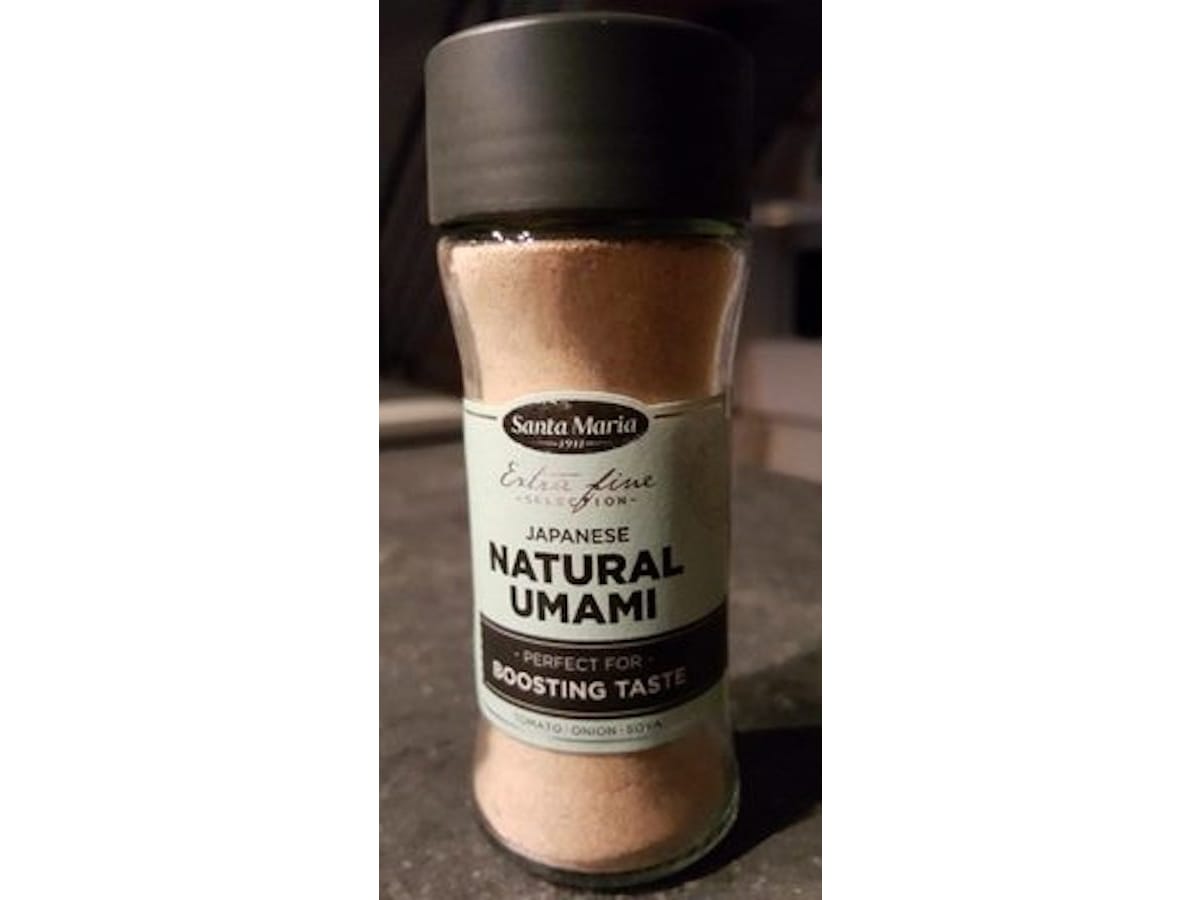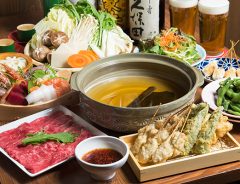
Source: Photo by kiliweb per Open Food Facts, CC by SA 3.0
What is umami, the mysterious taste of Japanese cooking?
- Tags:
- umami
Related Article
-

Enjoy Excellent Japanese Craft Beer With Great Food at Yona Yona Beer Works
-

New Umami-Themed Pour-Over Style Dashi Bar Gives Rich And Relaxing Alternative To Coffee
-

Umami Synergy: Kandou Olive Oil, Kimoto Sake & Organic Japanese Cuisine at Hitoshizuku[PR]
-

Calbee’s umami-rich Hokkaido scallops & butter potato chips are perfect for winter snacking
-

Kyoto Gatten’s Succulent Wagyu Tempura Joined By Wagyu Shabu & Sukiyaki This Winter
-

Microwaveable dashi pot lets you brew healthy, delicious, umami-rich dashi stock with no hassle


I like Japanese food as much as the next person, but when I first heard someone say that it has a taste all its own, one so distinct it warrants its very own adjective, I was pretty sceptical. While Japanese cuisine is certainly delicious, surely it can't claim to reach places that the world's other great cooking traditions - Chinese, French or Indian, for example - cannot?
The term in question is umami 旨味, a combination of 'umai' - delicious - and 'mi' - taste. 'Delicious taste' is not too outlandish a claim to make for Japan's national cuisine. Is that really all there is to it? Well, yes. But umami is still pretty fundamental - indeed, it is considered to be one of the five basic tastes, up there with salty, sour, bitter, and sweet.
A tofu burger from the Restaurant Umami in Berlin. | Berlin IckLiebeDir, "Restaurant Umami - Berlin - Tofu Burger" CC BY-ND 2.0 / © Flickr.com
So what gives a dish its distinctively 'umami' flavour? It's hard to put your finger on, but it basically comes down to just that: flavour. Umami is tastiness. It is what unites all good savoury dishes and is most pronounced in broths, stews, and cooked meats.
So is umami akin to meatiness? Is it a pleasure reserved only for carnivores? Apparently not. Vegetarians can also appreciate umami, for while it is most often found in meat dishes, it is also common in fermented foods, like cheese and soy sauce and is also found in tomatoes, onions and mushrooms.
This might be good news for vegetarians, but it is only likely to further confuse anyone trying to work out what the heck umami actually is. Food scientists will tell you that it comes down to the taste receptors in your mouth. What your taste receptors are delighting in when you taste umami is the presence of glutamates.
The clue is in the name: glutamates are so tasty that a clever chef invented monosodium glutamate (MSG) so he could make his cooking taste nice without actually using any tasty ingredients.
Japanese food giant Ajinomoto's Umami Science Square building in Kawasaki. | Suikotei, CC BY-SA 4.0, via Wikimedia Commons
Far from being a new-fangled buzzword, 'umami' was first coined by a chemistry professor at Tokyo University by the name of Kikunae Ikeda in 1908. He stumbled across umami while enjoying a bowl of kombu dashi (kelp broth). Musing on its taste, it occurred to him that it was neither sweet, sour, bitter, or salty. He decided to investigate and discovered that what he was tasting was glutamate, a wholly new taste that he called “umami."
But taste scientists are a conservative tribe, which is why Ikeda's discovery, despite being made in the opening decade of the twentieth century, only became well-known after 1985. That was the year the Umami International Symposium in Hawaii recognized umami as the scientific term to describe the taste of glutamate.
According to Ajinomoto, Japan's biggest soy sauce maker, the wider scientific community only recognised umami as a distinct taste, to rank alongside salty, sour, bitter, and sweet, in 2002. So, while fundamental, 'tastiness' has only been recognised for less than 20 years, which is pretty strange when you consider how long people have been saying their food is 'tasty'.
While clearly important, I am still not clear about what umami actually tastes of. Apparently, "its effect is to balance taste and round out the overall flavour of a dish." That is all well and good, but a bit like defining a tin opener as "something you use to open tins with" - fine if you know what a tin is, but not much help if you don't.
Perhaps 'pungency' is a good way to describe umami. That is certainly what generations of chefs have been hoping for when they add a dash of fish, barley, or soy sauce to their cooking. And with good reason - all three are derived from fermented foods, and therefore rich in umami.
The world is cottoning on to the importance of umami not a moment too soon. Sodium chloride, or table salt, is one of the leading causes of cardiovascular disease. Excess salt in our diets is so ubiquitous that the World Health Organization has set a goal of reducing average salt intake around the world by 30%.
Umami-rich foods can help, because they give food the 'tastiness' that we are hoping for when we add salt to a dish. Umami: not just a useful new word, but one with vital health benefits.